Shin'etsu Shizenkyo, the region where Nagano and Niigata Prefectures meet, sees some of the heaviest snowfalls in all of Japan—and, in fact, the world. Mountains covered in white; scenic villages blanketed in silvery snow—from the ancient past, the people of this area know about daily life in the snow. In close contact with snow and often severe temperatures, the cultures here have also developed with a close connection to nature.
Ski history is deep in the region: In 1911, just one year after skiing was first introduced in Japan, people were already skiing in Iiyama and Nozawa Onsen; in Shiga Kogen and Myoko, elegant ski hotels were constructed as early as 1937. In 1998, events of the Nagano Winter Olympics were held in both Shiga Kogen and Nozawa Onsen, further spreading these names around the world.
Within 20 kilometers of Shin’etsu Shizenkyo’s base at Iiyama Station on the Hokuriku Shinkansen are 38 ski areas, both large and small. Among these are such representative Japanese resorts as Nozawa Onsen, Myoko/Akakura and Shiga Kogen. There are no other places like these in all of the country. In this guide, we will introduce the four main sub-areas within Shin’etsu Shizenkyo, all the leaders in Japan in both their size and history: Shiga Kogen; Nozawa Onsen; Myoko/Akakura; and Madarao/Togari/Kijimadaira.
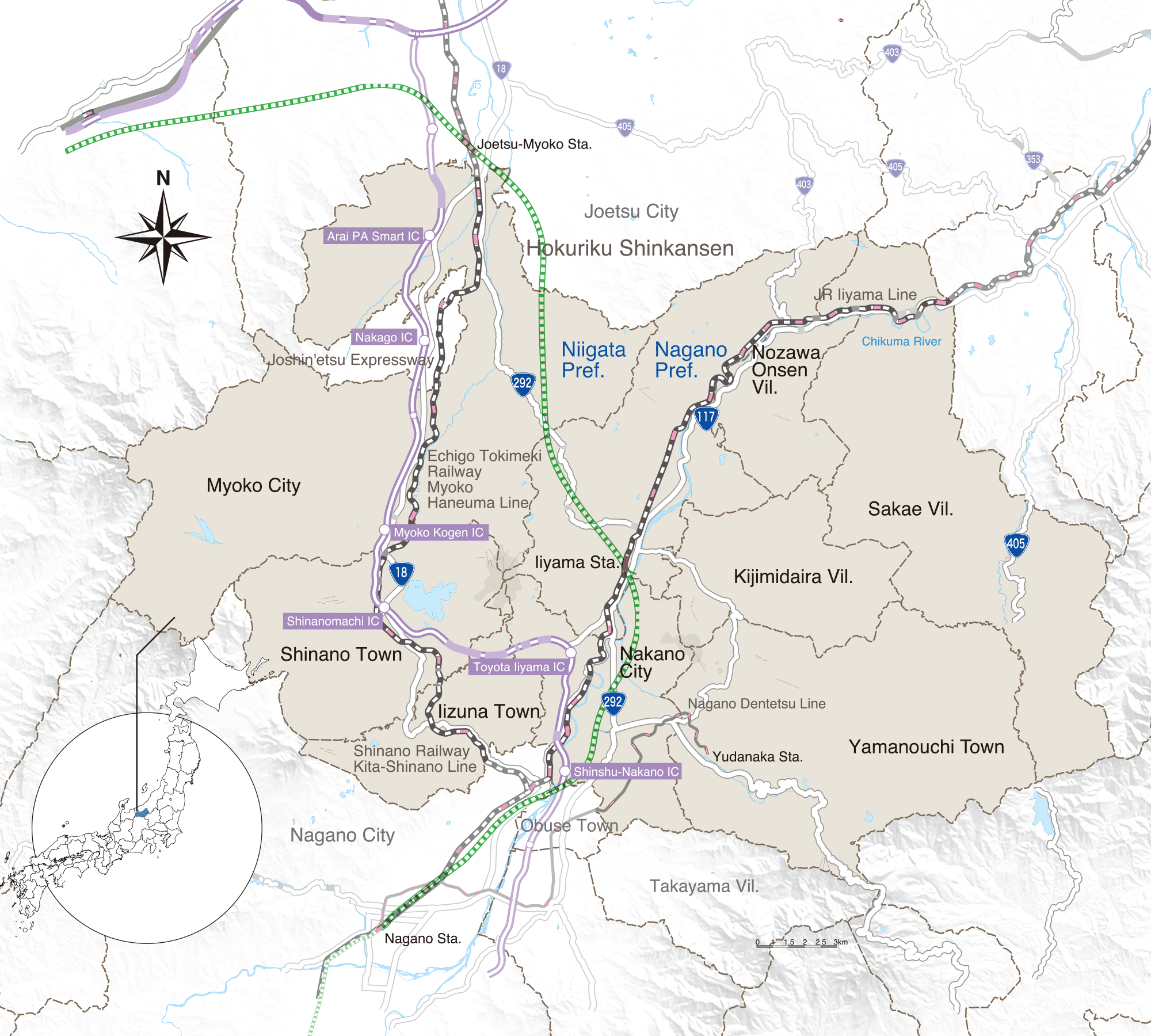
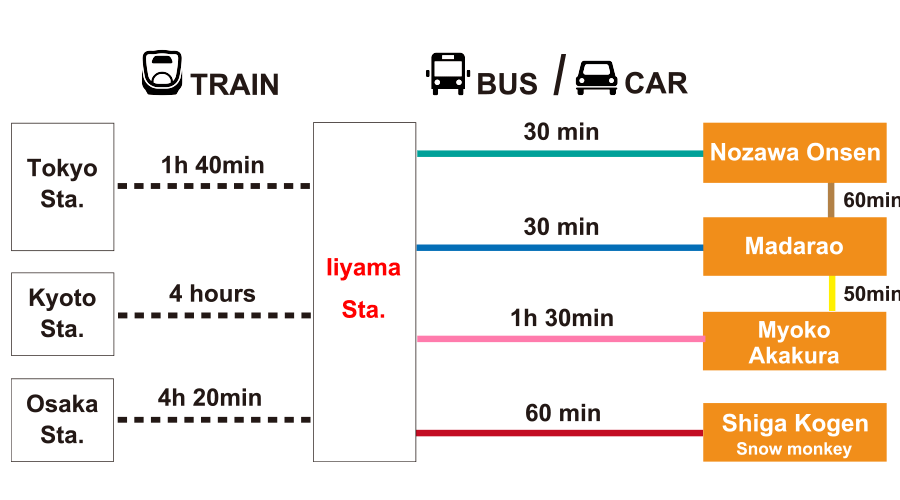
*You can search public transportation options in our area on Google Maps.
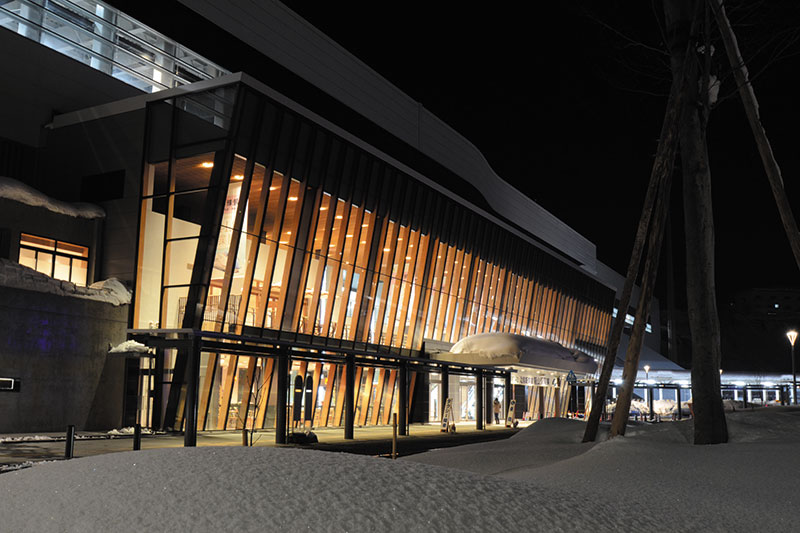
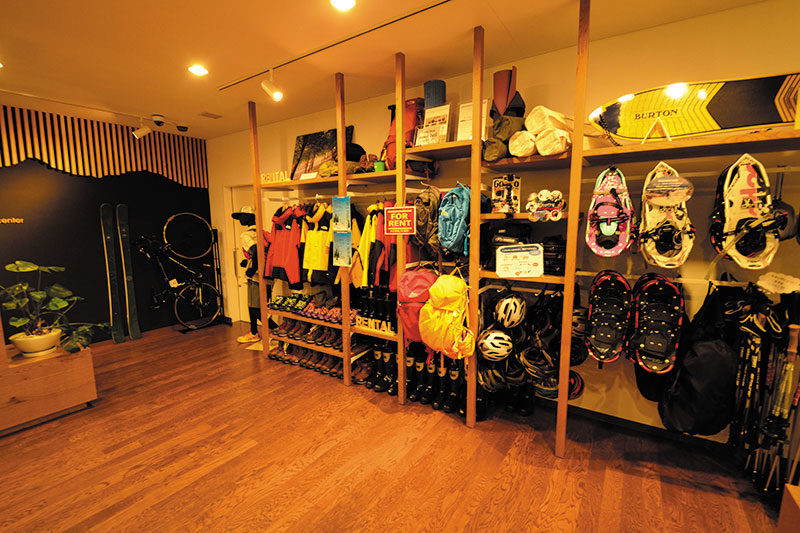
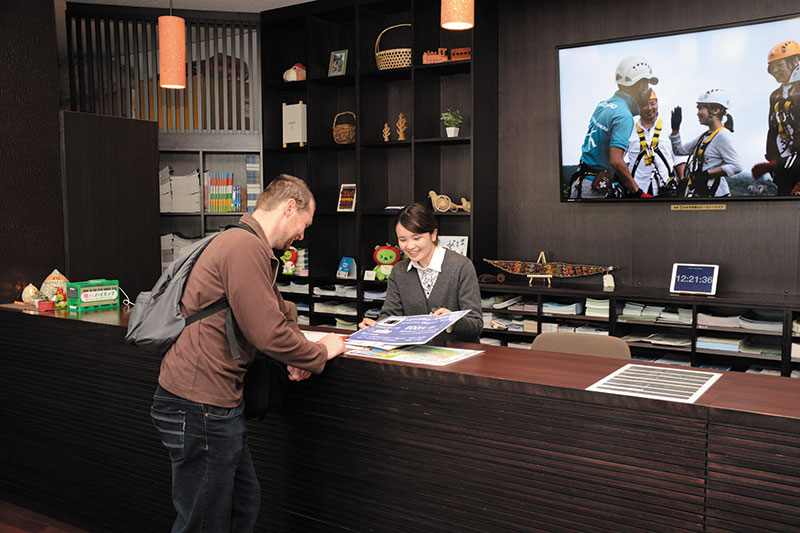
Using Iiyama station as a hub is functional and convenient since there is transportation to all the ski resorts in this area. There is also a tourist information center where you can find the lastest information, book accommodations, find out about outdoor activities and book tours to make your trip even more memorable.
This is a common and convenient lift ticket consisted of 5 coupons can be used in our ski areas. Simply exchange one of the coupons at the ticket office of the ski area. Each ski area also provides a range of special benefits which you can use for free. Visit five ski areas by yourself, or share the coupons with friends and family. If you’re unable to use all of the coupons, the remaining coupons can be exchanged for special product from the nine municipalities in Shin’etsu Shizenkyo after the end of the ski season.
For more information
https://shinetsu-activity.jp/supervalue-ticket/

Shiga Kogen has a rich ski history, including a hotel built exclusively for skiing in 1937, and the first ski lift in Japan just 10 years later. It was here that Chiharu Igaya, the first major Alpine racer from Asia and winner of the silver medal in slalom at the 1956 Winter Olympics, honed his skiing skills. This ski area complex in the heart of the Joshinetsu Kogen National Park stands at some 2,000 meters in altitude, providing skiers with the benefits of a season that begins in November and lasts well into spring, and good snow quality as well. At the base of the area is a bustling, historic ski town.
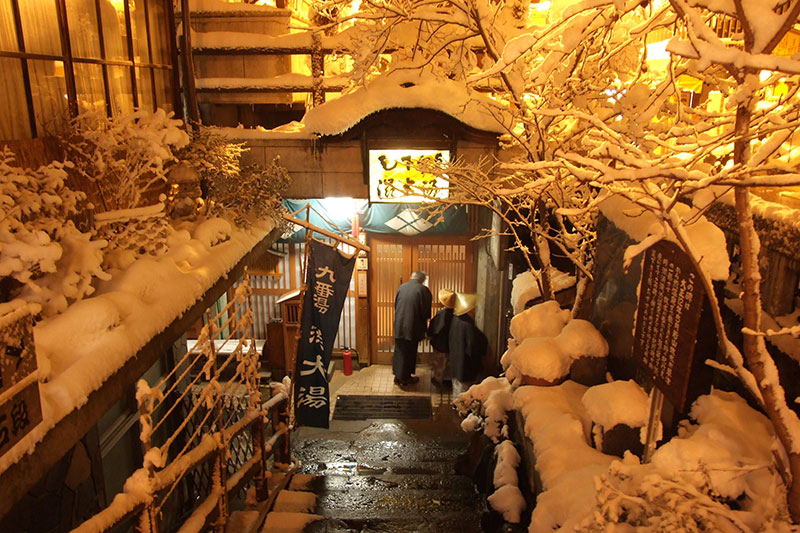
This onsen (hot spring) was founded 1,350 years ago; since then, this historic town has been a place of healing for countless people. There are many places to stay on the town, from hotels to small inns.

The Snow Monkeys are, without exaggeration, the most famous simians in the world. In this snowcovered valley of the Yokoyugawa River, the monkeys fight temperatures down to -10°C by soaking in the hot springs—something that can only be seen here.
Located at the northernmost tip of Nagano prefecture, Nozawa Onsen is synonymous with skiing and hot springs. It is sacred ground for Alpine skiing in Japan, a place where races and training have been held for decades, and town that has produced many international and Olympic champions. Because the town itself handled management of the ski area, Nozawa Onsen was able to avoid the large-scale resort development common in many places nationwide. The looks and feeling of this tight onsen town were kept intact, making it one of those unusual places where skiing and onsen exist closely together. In recent years, an increasing number of both domestic and international tourists come to see the Dosojin Fire Festival.
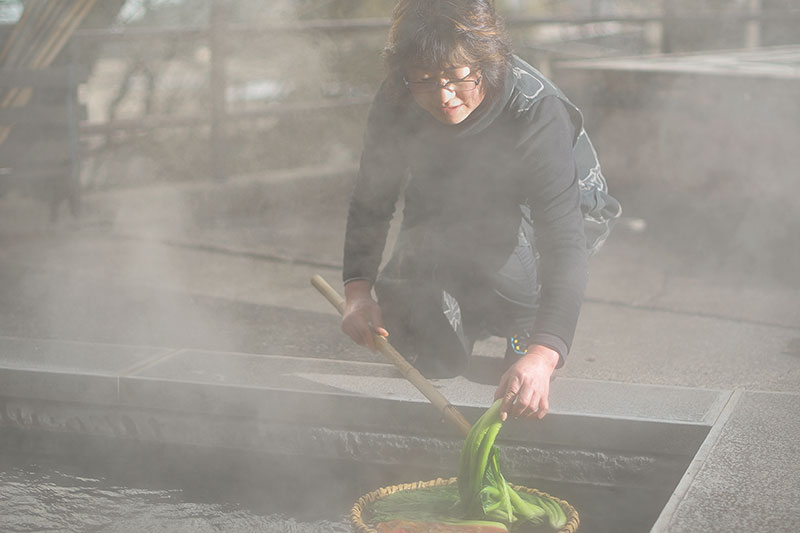
Part of the unique lifestyle in Nozawa Onsen is the 13 onsen spread across the village, shared by everyone and used on a daily basis by the local people. These are all 100-percent natural hot springs, with a high water temperature that warms the body right down to its core. The onsen water is also used in preparation of nozawana in the early winter.
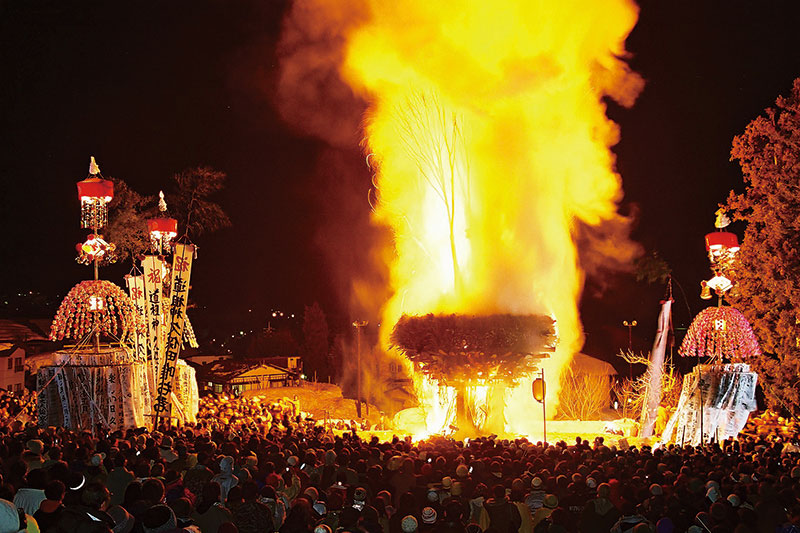
This traditional festival, held every January 15, has been designated by Japan as an intangible cultural property. This folk ceremony is named after Dosojin, a Shinto god protecting children. It is counted among Japan’s three great fire festivals.
The Myoko/Akakura area is in a land of heavy snows, surrounded on three sides by mountains. Ski resorts cover the east side of Mt. Myoko, a symbol of the area, with seven different onsen areas also located at the foot of the mountain. It is an area of rice cultivation and saké brewing. With the Sea of Japan close by, an abundance of seafood is available, making this a great area for dining. A wide variety of accommodations are available, including long-established onsen inns, venerable hotels, pensions and minshuku. Choice is the word in Myoko—in resorts, onsen, food and lodging.
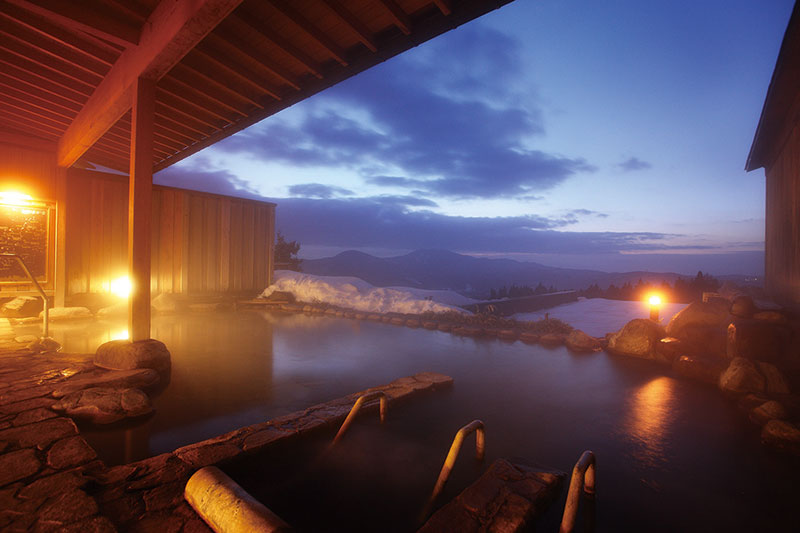
This famous onsen has a history of more than 200 years, and has long been a favorite of literary and other cultural figures. The onsen water comes from sources high on Mt. Myoko; with the distance and the gentle gradient, the water merges in local baths at about 42°C—an ideal temperature for onsen bathing.

This spicy condiment is a specialty of Myoko. Chilies picked and salted in autumn are spread out in the snow for three to four days; they are then ground and mixed with yuzu (a citrus fruit), then fermented and aged for three or six years. This is an essential part of eating in the Myoko area.
The mountains around Iiyama stand at about 1,200 meters above sea level. Warm, moist winds blow directly in here from the Sea of Japan, making Iiyama City one of the areas with the heaviest snowfall.
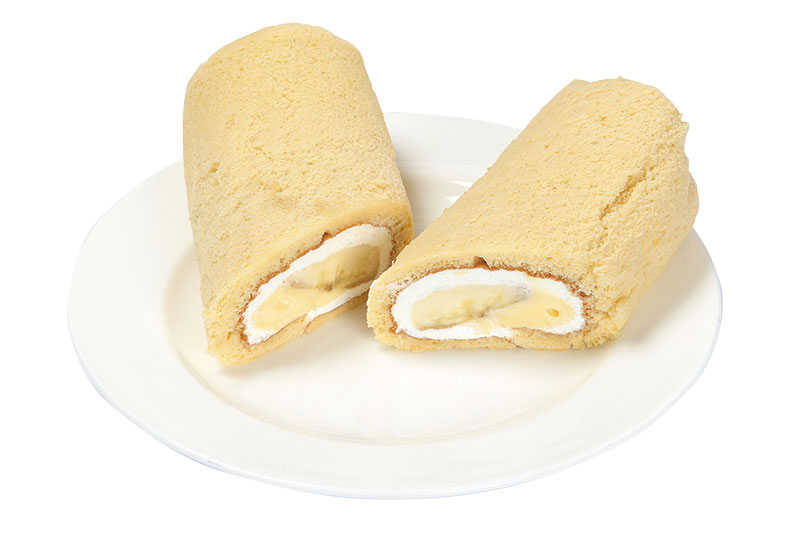
One Iiyama specialty is banana boat. This confectionery began in the 1950s, as part of the hospitality created for visiting skiers. It's a sweet consisting of a baked sponge cake filled with banana and fresh cream. Eleven wagashi (Japanese confectionery) shops in Iiyama sell this treat, but only in winter! After skiing, it’s time for a banana boat!
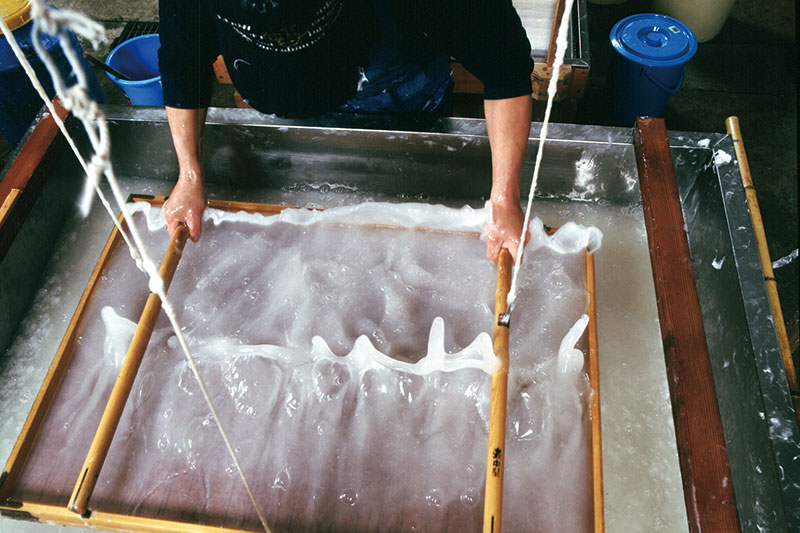
A style of washi made since the Edo period (1603– 1868). A process meaning “snow bleach” is used, with paper mulberry bark spread out in the snow. This paper is ideal for use in shoji windows because it is white, strong, and transmits light very well. There are also opportunities to try paper making as well.
Hokushin Gogaku consists of Mt. Madarao, Mt. Myoko, Mt. Kurohime, Mt. Togakushi and Mt. Iizuna. These mountains provide a harmonious environment for people and a variety of crops and orchards. You can also enjoy breathtaking views of the five peaks. Take a moment and relax in this quiet, snowy, special place.
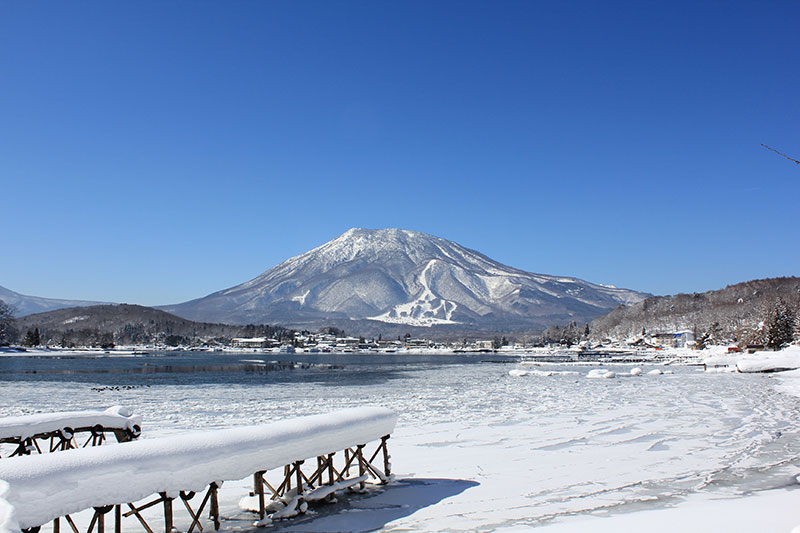
Nojiri-ko is a deep, clean lake, home to abundant wildlife. Experience a wide range of outdoor activities such as fishing, SUPing and canoeing in the summer, and smelt fishing in the winter.
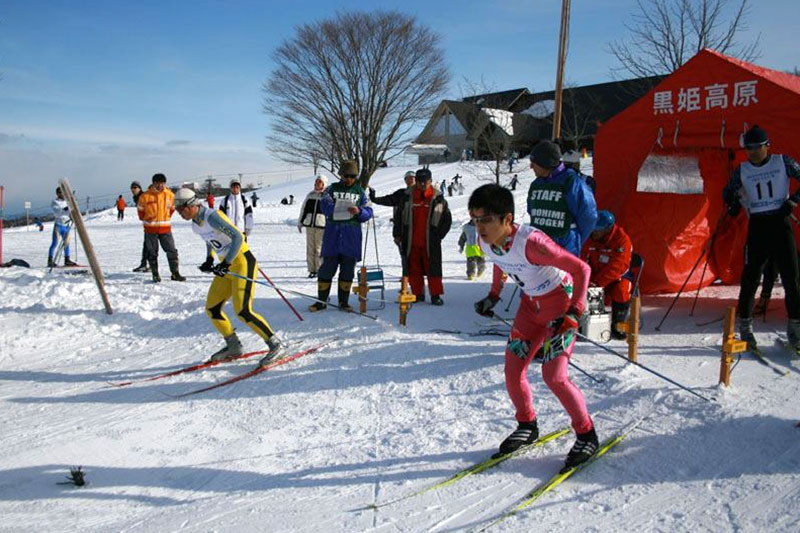
At the foot of Mt. Kurohime there are well-maintained cross-country ski courses open to the public as well as tournaments. They have even produced some Olympians in the past. Rental skis and boots are available for first timers.